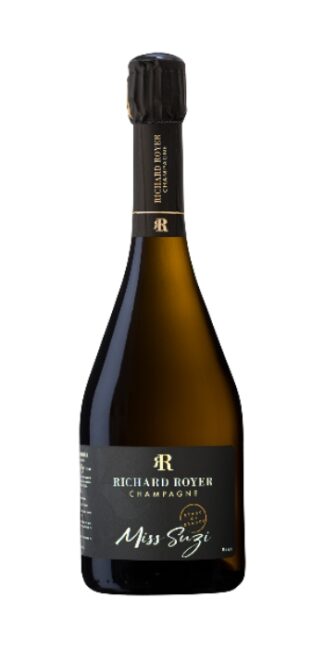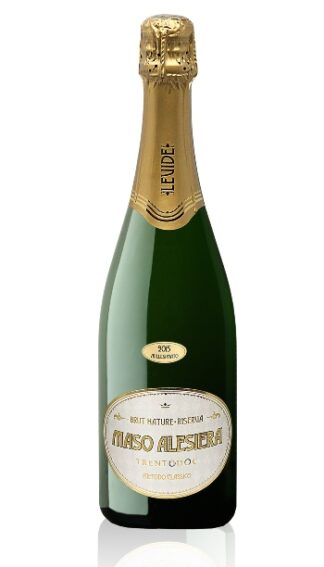Description
Trento brut nature Riserva Maso Alesiera millesimato 2015 Le Vide
Variety: Chardonnay 100%
Brilliant straw yellow color tending to gold
The nose is refined. Fine expression of aromas from different ranges. The flowers are followed by fresh fruit, and subtle notes of croissants and dry pastries. The citrus peel brings it to the seashore, where bursts of iodine make it excellent. Supreme interpretation, for finesse and variety.
On the palate it is sharp and severe, due to the absence of dosage, yet endowed with a creamy and expressive sip. Authoritative, balanced and complete. One can only be happy. The aromas are of white flowers, spices and seaweed.
Overall it is an excellent interpretation of the Italian sparkling wine, a reference for the whole denomination.
It accompanies simple aperitifs, made of canapes, raw seafood and fried vegetables, and more complex ones such as Catalan lobster, flan or savory pies, spontaneous vegetable omelettes. without forgetting the first and second courses of fish.
Trento brut nature Riserva Maso Alesiera millesimato 2015 Le Vide
The grapes come from a single vineyard, with old vines at an altitude of 200-300 meters above sea level
Cultivation system: Espalier with guyot pruning.
The harvest is carried out manually in small boxes towards the middle of September. after soft pressing and static decantation of the must, it carries out alcoholic fermentation in stainless steel containers at a controlled temperature. In the following spring the liqueur de tirage is added to the wine and bottled where it referments for at least 36 months.
After disgorgement, it remains in the Le Vide cellars for at least another 6 months
Sugar residue 2 grams per liter
Trento D.O.P. Classic Method. Since 1993 the Trentino sparkling wine can officially boast the Denomination of Controlled Origin, a prestigious recognition, a D.O.P. which rewards Trentino’s natural vocation for quality production and seals a history of traditions and experiences that began in 1902.
The sparkling wine choice of this area is not in fact casual, but the result of a careful analysis of the territory. Nothing but the logical development of a culture linked for millennia to the care of vines and grapes in an environment with a particular and suitable climate.






